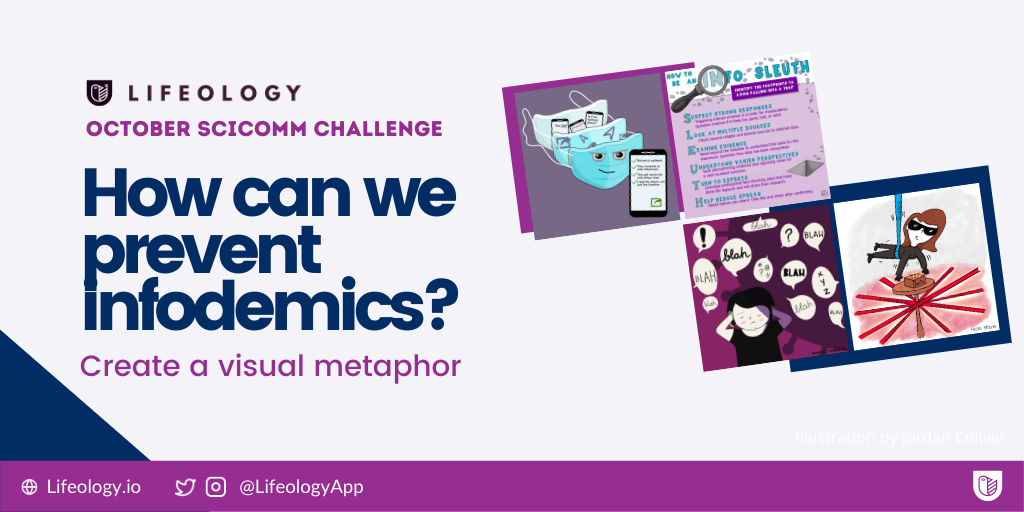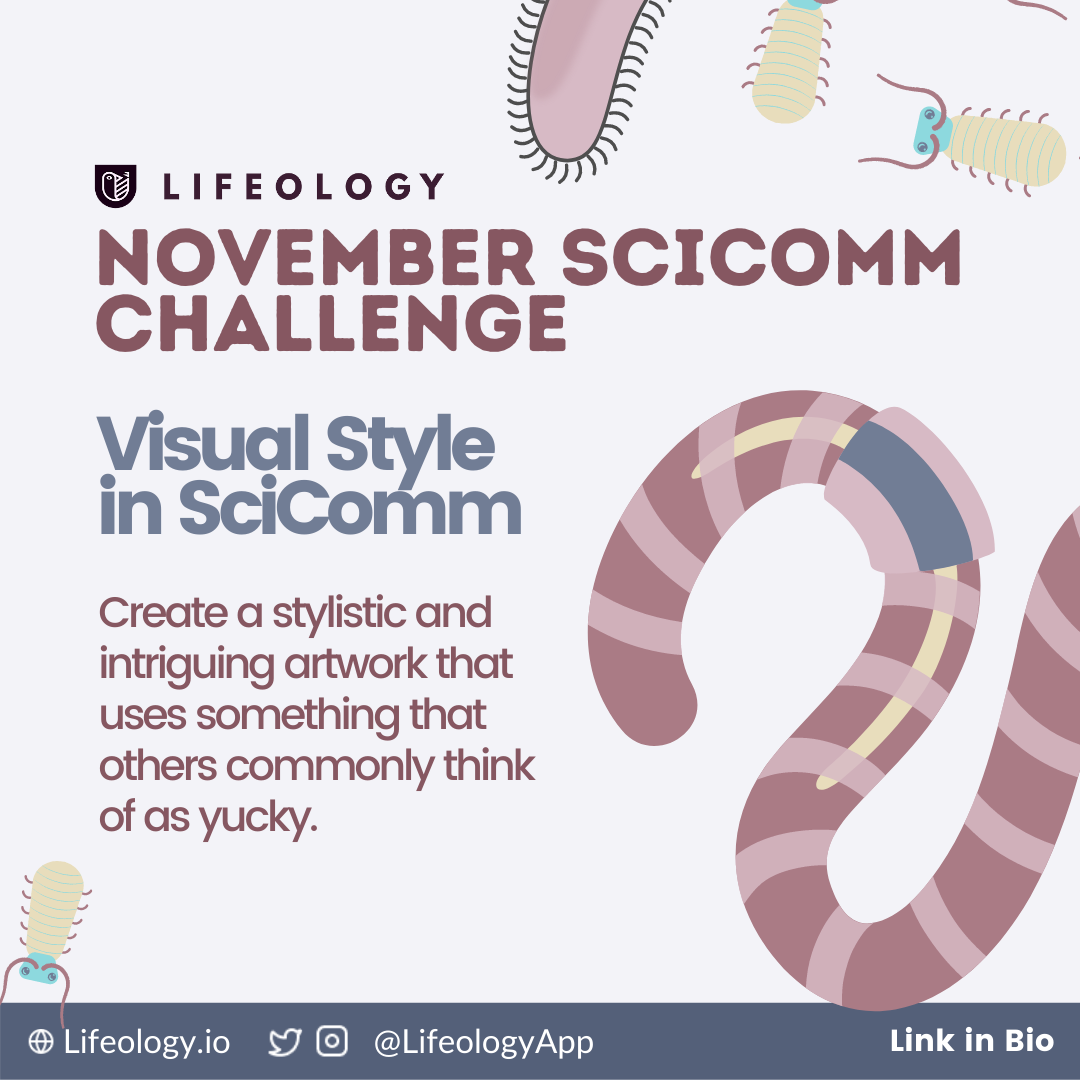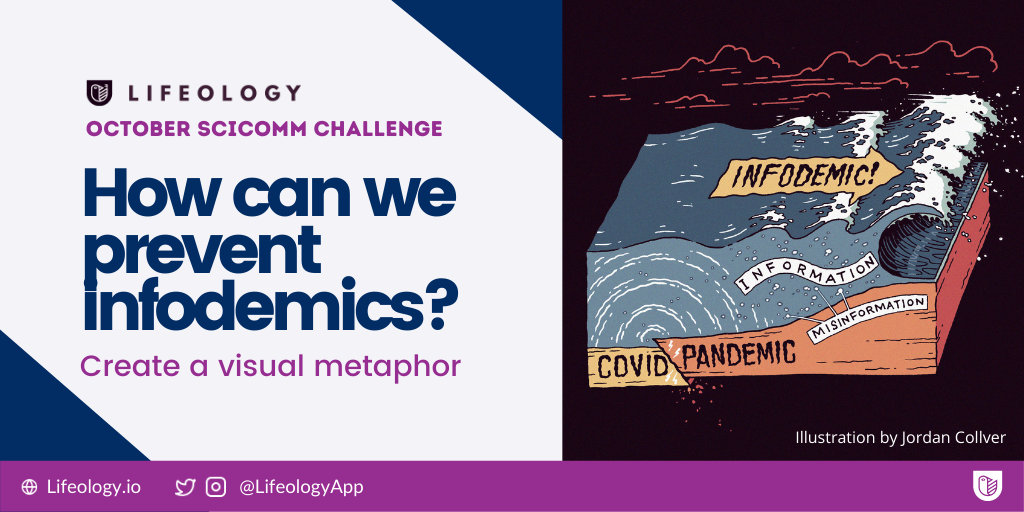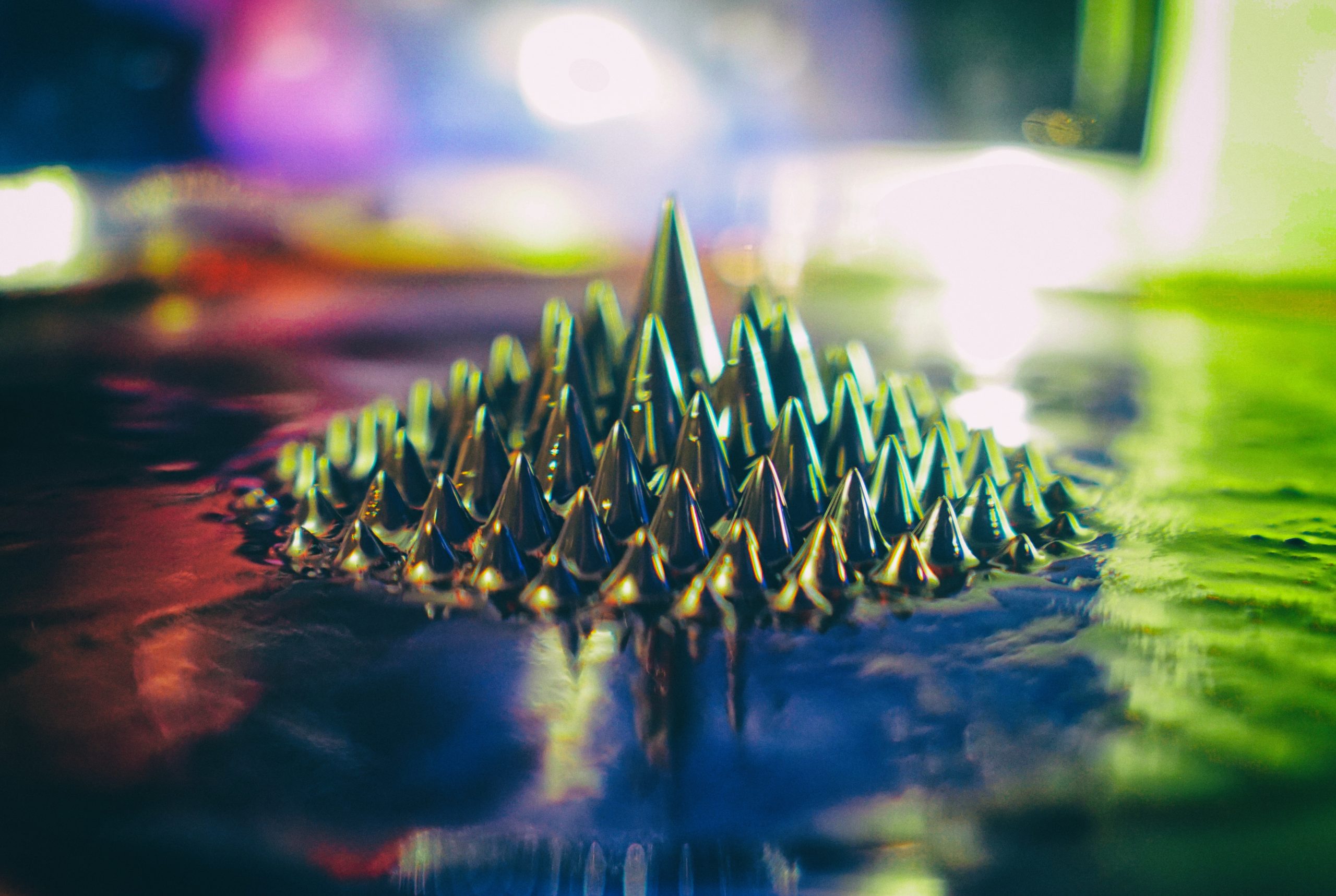
Creativity in science – Wonderlab at Science Museum, London. Image credit: Dustin Tramel, Unsplash
No matter what happens in the last year of my PhD, it has already been an interesting exercise in creativity – which I have uncovered is essential for scientific innovation and the advancement of humanity itself.
Creativity wasn’t the first impression I got when I went to science class at school; ‘sterile’ laboratories, tightly scoped experiments, pre-prescribed hypotheses and results. I saw science portrayed as void of creativity (and if there was any hint of creativity you’d be portrayed as the mad scientist). You would go to art, music or drama class if you wanted to stoke your creative mindset.
Yet, science is wildly creative!
The exploration into the unknown knowledge of humanity is inherently a creative challenge. And throughout the history of science, it has been those with creativity that have provided the most benefit to society and are still remembered today.
So what is creativity in science?
A joke?
A faux pas?
A goal?
An essentiality?
If you asked me, I would say it is the very essence of scientific innovation and discovery. Now, this is a big claim to make, can I back it up? Being a good scientist, I’ll provide a few points of reference around the idea of creativity in science. The first point of reference comes from the author of my new favourite book: Zen and the Art of Motorcycle Maintenance, by Robert Pirsig.
If you asked Robert Pilsig about creativity in science, he would say that creativity is a key component in the process of generating and selecting hypotheses to test. He learnt through his early research career that hypotheses – ideas we have to test and answer a scientific problem – begin to balloon out of control when conducting a scientific project.
He questions how scientists select the aspects of a topic or experiment that are important and exciting, and subsequently how scientists direct themselves to a new hypothesis and/or project? Is it intuition? is it just an informed guess? Or is it the creative mystery that science is built upon?
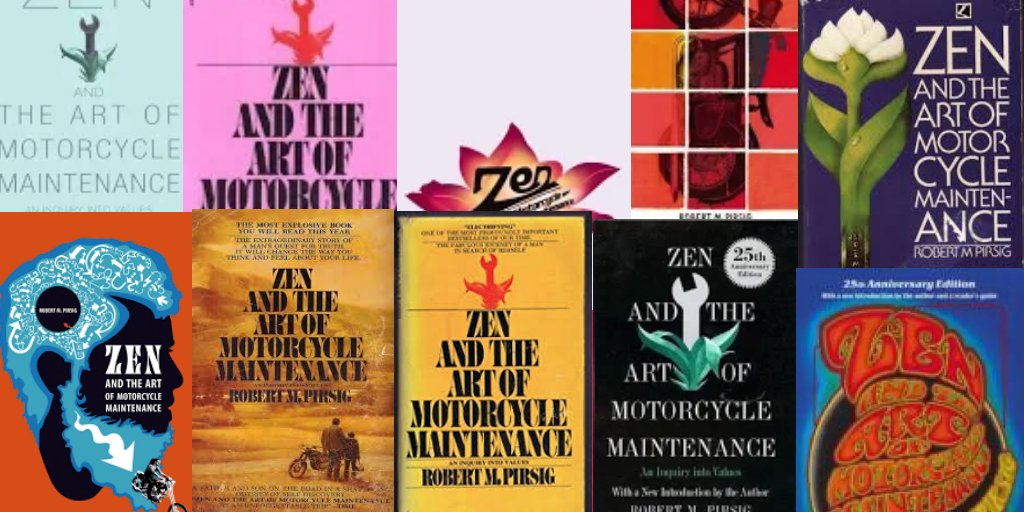
Zen and the Art of Motorcycle Maintenance by Robert Pirsig
The second point of reference comes from the scientific literature in the form of a book entitled Creativity in Science: Chance, Logic, Genius, and Zeitgeist by Dean Simonton. Here, Simonton highlights that creativity is an essential element in science, and subsequently in the advancement of humanity itself. He proposes that scientific creativity can be viewed from 4 main perspectives – Logic, Genius, Chance & Zeitgeist.
Perspective 1 – Logic
The first perspective involves creativity seen as merely a disguise for Logic. For millennia, philosophers and scientists have been trying to construct a logical framework for the emergence of scientific innovation – the process by which some of the most creative and impactful discoveries have been made. But Simonton suggests that one explanation could be that the creativity perceived in these endeavors is just a by-product of the process of problem solving using rigorous logical procedures to generate innovation.
“Once a scientist masters the logic of science and the substance of a particular discipline, creativity is assured” – Dean Simonton, 2004
Perspective 2 – Genius
Then, there is scientific Genius, which extends this logic-based view of creativity to its limit. Where does creativity fit in with this view of Genius in scientific endeavors? Renowned physicist Max Planck invoked Intuition when he said:
“One must have a vivid intuitive imagination, for new ideas are not generated by deduction, but by an artistically creative imagination” – Max Planck, 1949
As did another scientific genius of the 20th Century, when Albert Einstein reported that:
“The supreme task of the physicist is to arrive at those universal elementary laws from which the cosmos can be built up by pure deduction. There is no logical path to these laws; only intuition, resting on sympathetic understanding of experience, can reach them” – Albert Einstein, 1918
Intuition is seeded in an ineffable understanding or feeling around a particular topic, which is a definition that is reflected when describing creativity. Many psychologists have suggested that creativity requires the intellectual and dispositional capacity to generate unusual associations, as well as rich, even dream-like imagery – an ability that supersedes the logical perspective and falls into the creative realm of illogic.
Perspective 3 – Chance
Adding illogic into the equation introduces the potential for the 3rd perspective – Chance – to factor into creativity in science. Moving from the logical to the illogical, Simonton describes scientific creativity as:
“Instead of thoughts of concrete things patiently following one another in a beaten track of habitual suggestion, we have the most abrupt cross-cuts and transitions from one idea to another, the most rarefied abstractions and discriminations, the most unheard of combination of elements, the subtlest associations of analogy; in a word, we seem suddenly introduced into a seething cauldron of ideas, where everything is fizzling and bobbling about in a state of bewildering activity, where partnerships can be joined or loosened in an instant, treadmill routine is unknown, and the unexpected seems only law” – Dean Simonton, 2004
In this disordered, chaotic state of mind, surely some degree of creativity that bears scientific fruit is due to a lucky, Chance connection of thoughts and ideas. Serendipity is a word for a reason, and it has definitely played a role in scientific discovery.
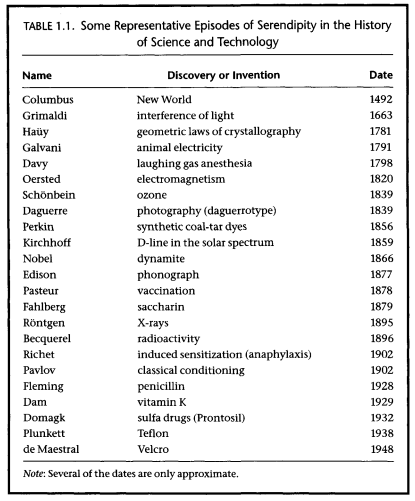
A history of serendipitous discovery in science and technology (Simonton, 2004).
Obviously, there is merit to argue that a scientifically-active mind an plenty of groundwork on the topic is required to be blessed with creative, serendipitous scientific discover. As Louis Pasteur said: “Chance favors only the prepared mind”… Nevertheless, the influence of Chance in creativity cannot be completely ruled out.
Perspective 4 – Zeitgeist
The last perspective relates to the scientific creativity attributed to the Zeitgeist – a German word meaning ‘the spirit of the times’. This viewpoint held by sociologists of science states that scientific creativity and innovation cannot be due to chance, as it’s believed these events are “socially deterministic” and that “discoveries and inventions are the inevitable product of the sociocultural system”. In this sense, creative innovation can neither be attributed to Genius, as these geniuses are merely seen as an agent of the Zeitgeist, making this whole situation very meta.
Ultimately, it is some form of integration between these concepts that accurately and adequately describes creativity in science. But the question that follows all this discussion is:
“How can you foster this creative mindset?”
How can you apply this creative mindset to set up an innovative and fruitful career in science? The 3rd point of reference is from my personal experience in a PhD program, namely the creative opportunity that this experience has provided.
First, I’d say that is it very important to realise that a creative mindset is an invaluable skill when applying The Scientific Method. Brainstorming experimental ideas, outlining potential hypotheses, overcoming equipment issues and interpreting challenging data – all these tasks require creativity and applied problem solving to conquer.
Creativity is an essential ingredient for any scientist.
Now in the 3rd year of my PhD, I’m beginning to harness the creative mindset for scientific gain. I’ve set up an innovative project that integrates Plant Biology, Quantitative Genetics & Material Science together in order to advance sustainability and product quality in the field of plant-based nanomaterials. Obviously, I’m also involved in promoting creative science communication by connecting scientists with artists through Lifeology – an experience that has immersed me in many creative endeavors such as creating science comics, instigation monthly SciComm challenges, and writing science poetry.
Undoubtedly, it has been the flexibility of the PhD zeitgeist, along with elements of chance, that have allowed for the merging of logic and creativity in my scientific work. And who knows, maybe a moment of genius – a contribution to scientific innovation and advancement – is waiting for me somewhere down this creative scientific career path.
